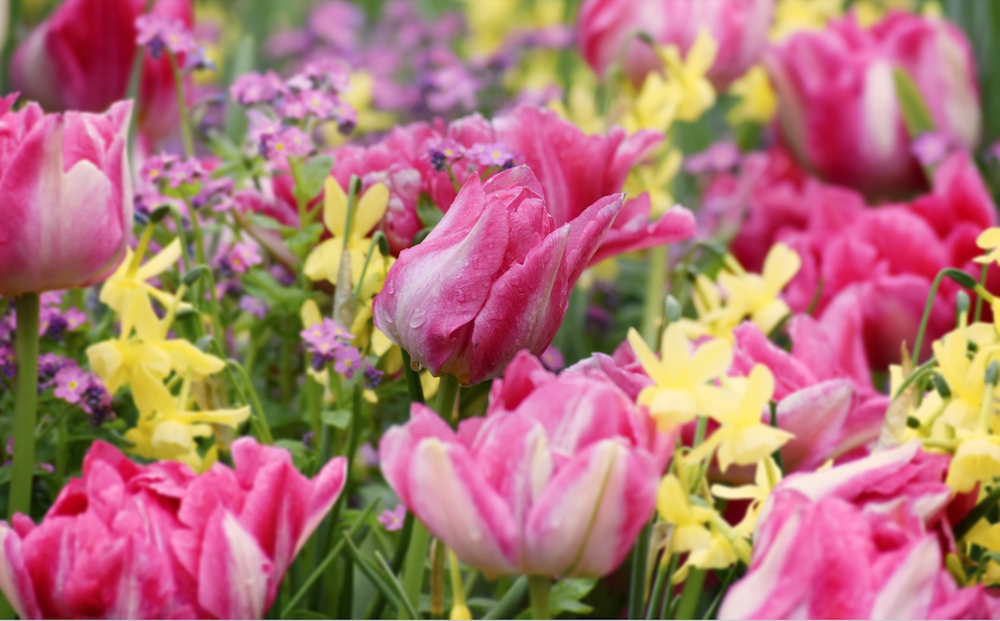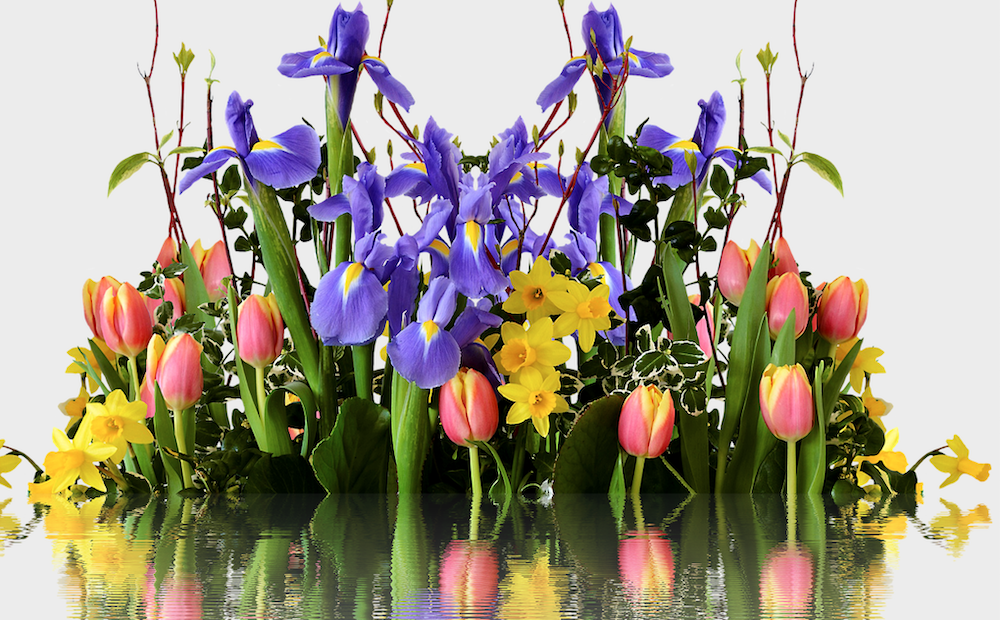Fall Gardening Is Booming: What to Plant Now for a Thriving Garden
By Jill Brooke

Nature has pressed the pause button.
As a result of people spending so much time at home, millions of us have started to take a keener interest in what’s outside our doors.
It’s as though people can finally appreciate artist Georgia O’Keefe’s prescient words: “Most people rush around so, they have no time to look at a flower,” she said. “To see takes time.”
Maybe that’s why there are more than 16 million new gardeners discovering the joy – and it is joy – of planting vegetables and flowers and seeing a garden grow.
Our curiosity – dormant and dulled – suddenly activated and there’s an excitement to learn more.
There are questions like these sprouting in garden centers and among friends: What’s the difference in planting a seed or a ready-made plant? Oh, this flower won’t grow without sunshine? What zone am I in – no not the Twilight – but the gardening zone for plants to prosper?
The first step is to find out your zone. Then find flowers that like that zone as a home.
As any veteran gardener knows, gardening teaches lessons about patience, perspective, serendipity, resilience, delicacy, finesse – and most importantly – it will reward. And the rewards bring such emotional riches.
Don’t you know people who got such pleasure out of growing their own lettuce – an easy first time task – or seeing how zinnias can be cut and then rebloom so quickly?
Making your own food also feels primally fortifying at a time when feeling in control of anything is very much appreciated. And seeing a kaleidoscope of color as flowers peek up with purpose in our gardens never ever stops delighting.
So now that you’ve seen what blooms in the summer heat – and how steamy temperatures fizzled some of the crops- it’s time for a new adventure with fall flowers and veggies.
Lucky us that fall is the prime time to plant the most glorious flowers.
Siberian Iris, feathery fringed tulips, a dainty crocus, dreamy lavender alliums and canary-yellow daffodils require planting in the fall to then become the trumpets of spring. Have a problem with deer or pesky critters? If you don’t put a fence on your next to-do project, consider planting daffodils, hyacinth and alliums. Tulips are like dulce de lece ice cream to deer.
Pretty pansies and violas are also splendid additions to the garden and offer flower relief in early spring.
Vegetables and lettuce plants can go back in the earth again with cooler temperatures and a crop of quick-maturing fall vegetables include broccoli, cabbage, Brussel sprouts, spinach, arugula, kale and beets.
As soon as plants have passed their prime and are about to bolt, pull them out with abandon and then replant a different crop in that space. Rotating crops is healthy for the soil and not only helps avoid diseases but adds new beneficial nutrients.
Another advantage to fall and cooler temperatures? This is an ideal time to consider planting favorite shrubs and trees before the first frost. Perennials do much better planted in the fall because they have more time to grow sturdy roots after the stress of last season’s heat. Plants like to hibernate and chill and then wake up in the spring and summer.
This is also a wonderful time to redecorate your garden. Think about dividing and replanting existing perennials such as astilbe and your peonies. Just make sure you water them well and add a covering in the winter.
And also think of something new – a first. I’m always grateful for my reliable flowers and plants that are dependable stalwarts. Yet each season I comb through catalogs and try something new to plant. It reinforces how the best could be yet to come and also that life is an adventure.

